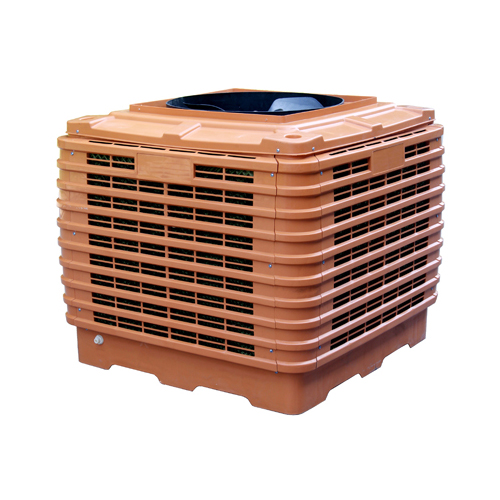The air cooler is mainly composed of tube bundles, fans, tube boxes, frames and shutters. In addition, there are two inlets and outlets at the location of the tube bundle, and there is a platform and a ladder connected to the tube box. In addition, air coolers are divided into basic types such as horizontal air coolers, vertical air coolers and inclined air coolers, and air coolers can be classified according to cooling methods, tube bundle layout types, and ventilation methods. According to the cooling method of the air cooler, it can be divided into dry air coolers, wet air coolers, dry-wet combined air coolers, and two-side spray combined air coolers; according to the tube bundle layout type, the air cooler can also be divided into horizontal air coolers, top-type air coolers, vertical air coolers, and ring-type air coolers; according to the ventilation method of the air cooler, it can be divided into natural ventilation air coolers, blast air coolers, and induced draft air coolers.

It uses power to drive the impeller to rotate, and the vortex generated continuously sucks in air. After the cold air contacts the hot pipe, it transfers heat and cools the hot material in the pipe. The air cooler uses the principle of vortex tube, mainly using 5.5-8bar compressed air source; compressed air enters the air cooler, which can generate cold airflow at one end (the temperature can drop by -40℃) and hot airflow at the other end (the highest temperature can reach 120℃).
(1) Air coolers (hereinafter referred to as air coolers) should be arranged on the leeward side of the lowest frequency wind direction of the device throughout the year;
(2) Air coolers should be arranged above the main corridor, the top floor of the frame or the top of the tower;
(3) Air coolers should not be arranged above equipment where the operating temperature is equal to or higher than the auto-ignition point of materials and where liquefied hydrocarbons are transported or stored; otherwise, non-combustible partitions should be used for isolation and protection;
(4) When multiple groups of air coolers are arranged together, they should be arranged in a consistent manner and should be arranged in rows; it should be avoided that one part is arranged in rows while the other part is arranged in rows;
(5) Inclined-top air coolers should not face the ventilation side to the dominant wind direction in summer. Inclined-top air coolers should be arranged in rows. If arranged in rows, there should be a space of no less than 3m between the two rows.